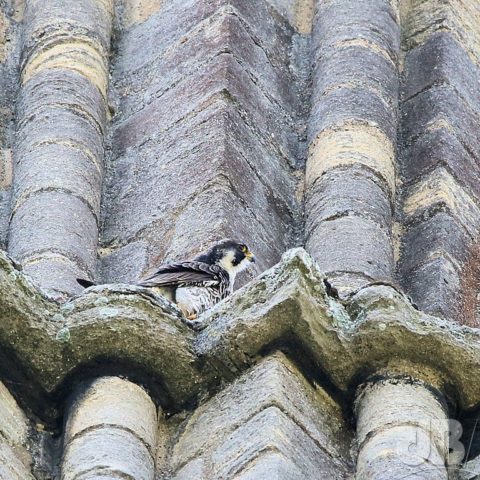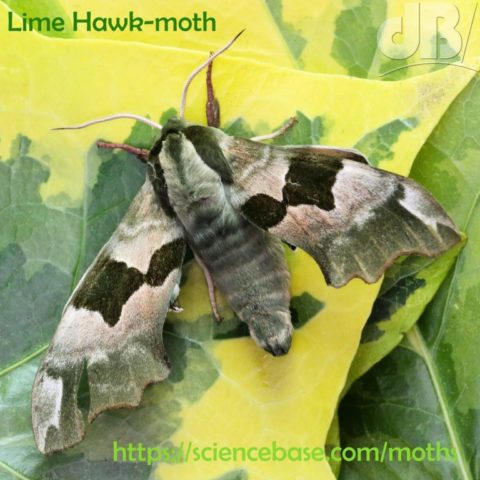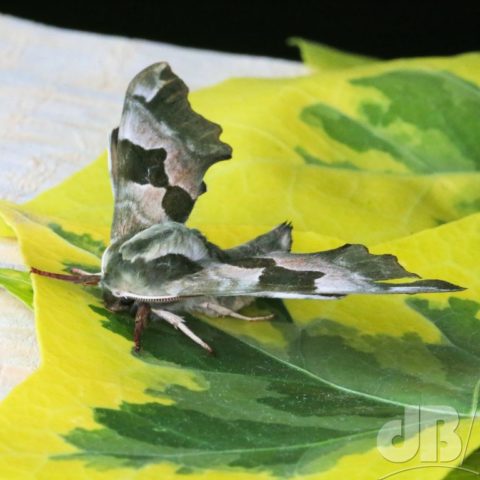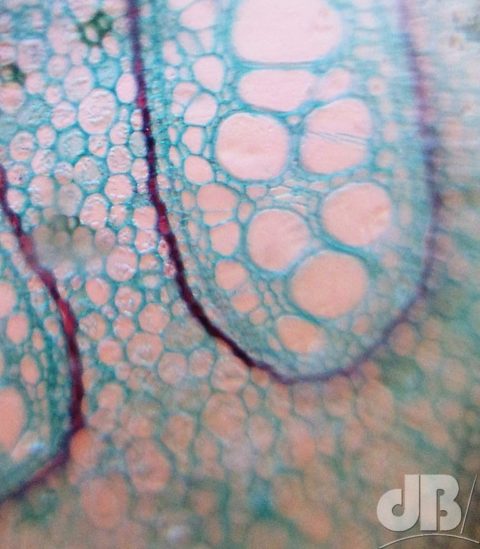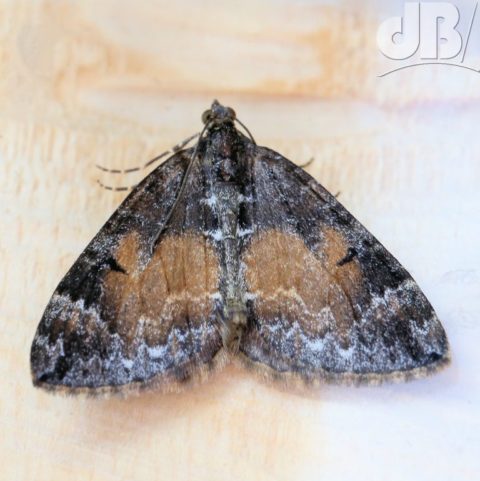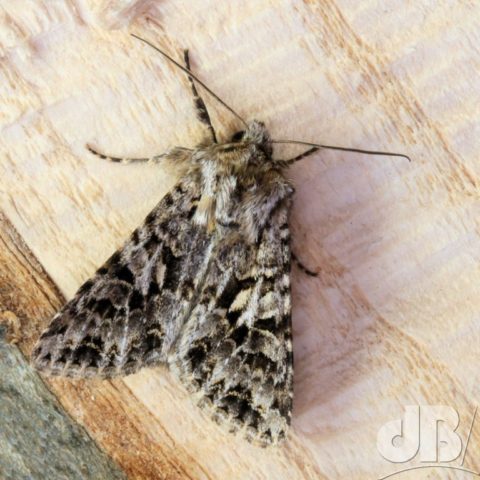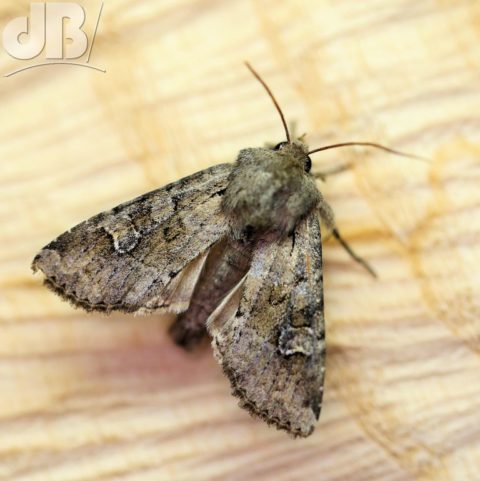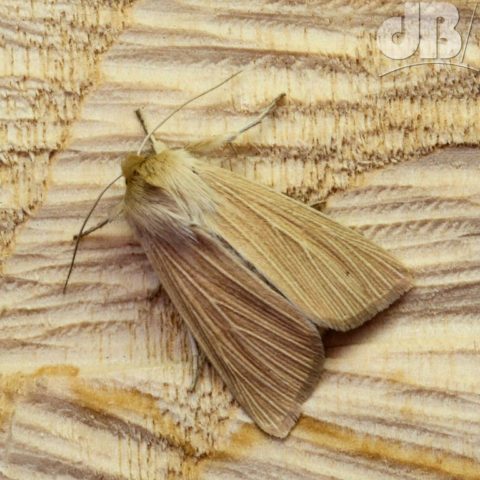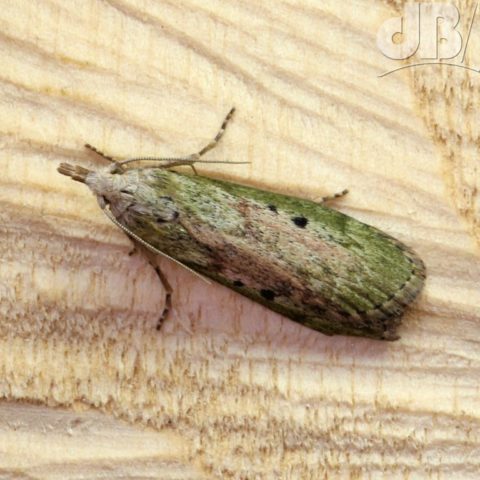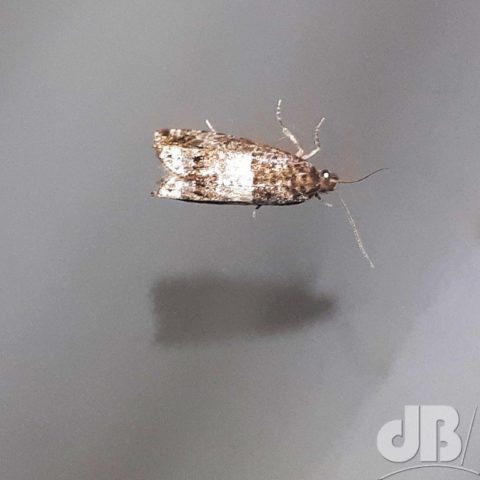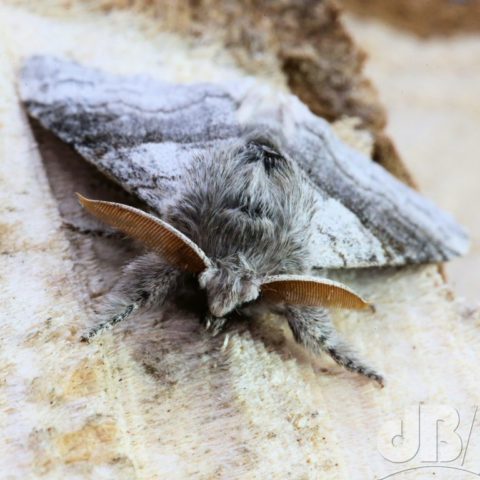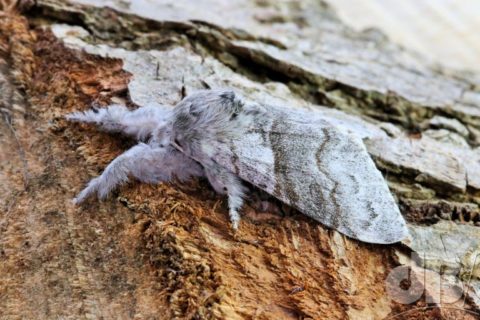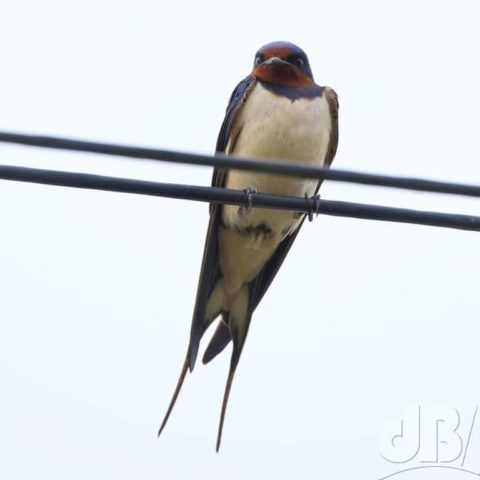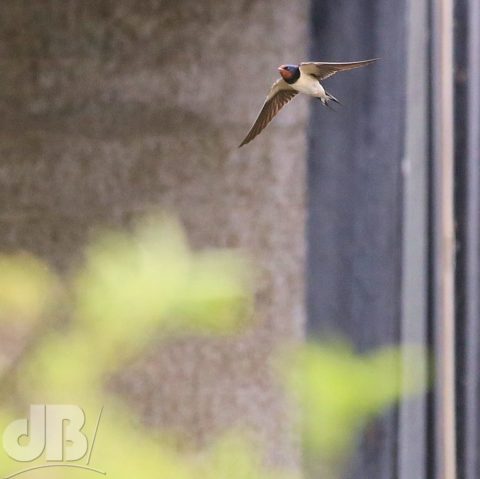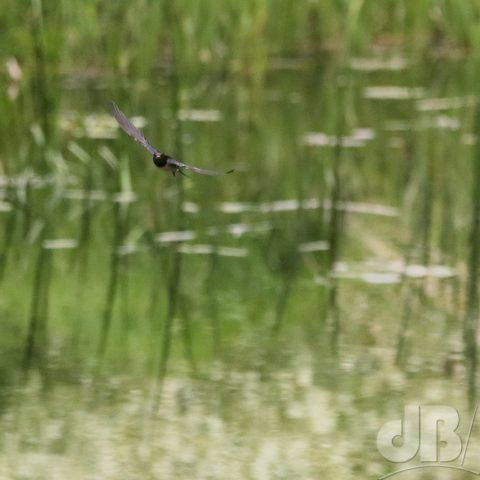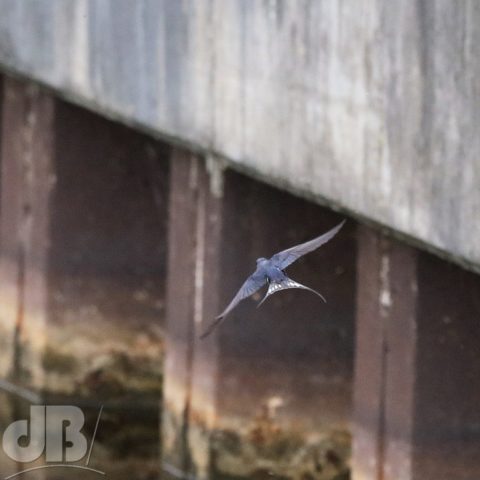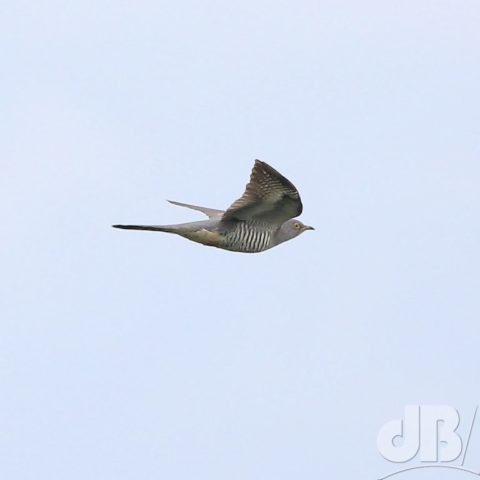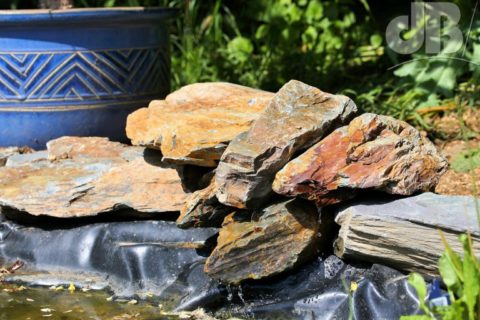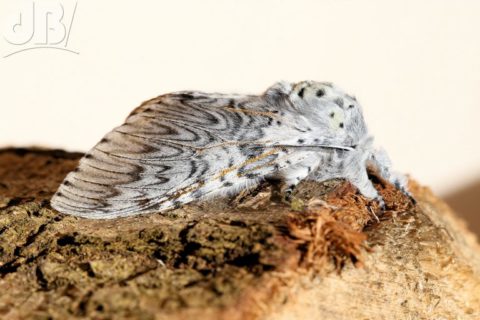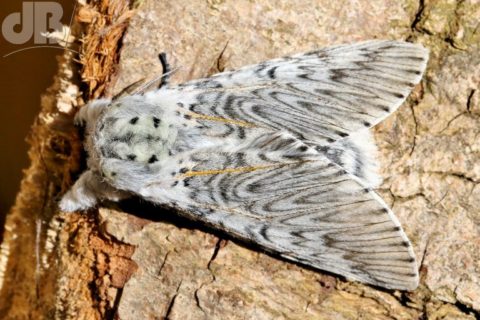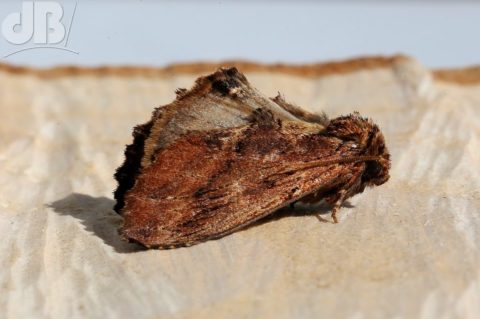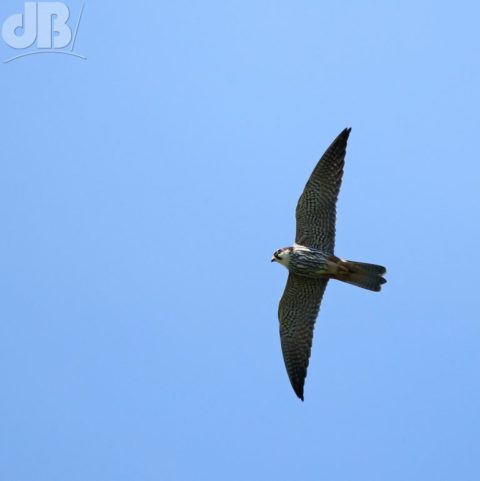Somebody has only gone and squeezed the Moon into Ely Cathedral! Well worth a trip to the city to see it and while you’re there take a hike up the 288 steps to the top of the West Tower 90 metres above sea level for fantastic views of the cathedral and the surrounding fenland that stretches away to a 20-mile horizon.

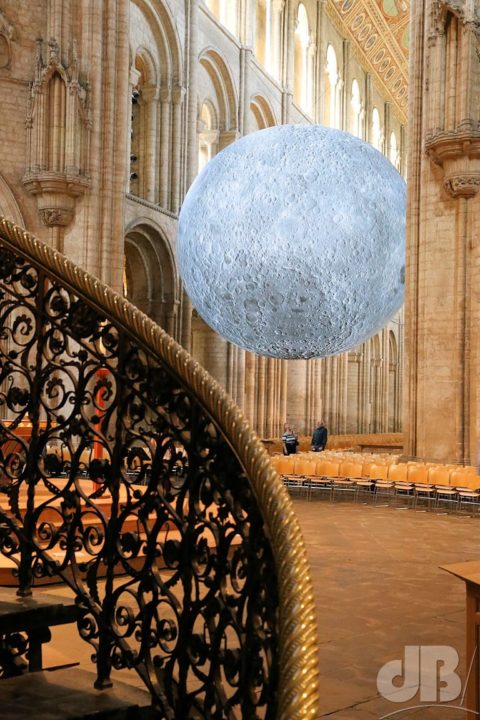

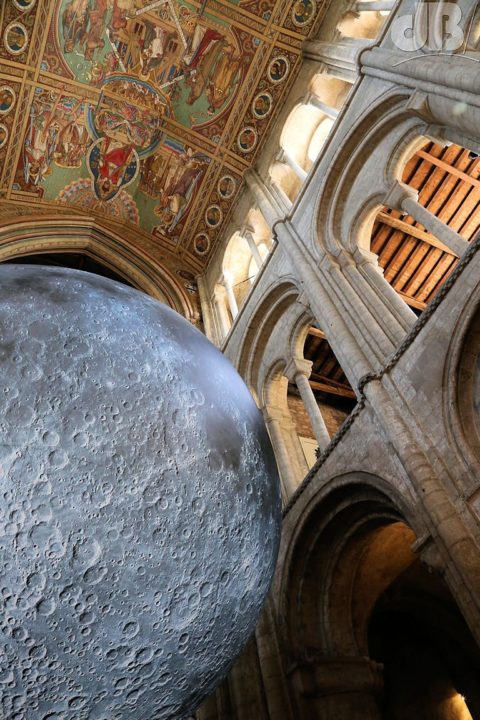

Plenty of other lunar and astro exhibits for their Sky’s the Limit science festival in this the 50th anniversary year of the first man on the Moon, Neal Armstrong.

The views from the West Tower are stunning, 90 metres above sea level and 30 km to the horizon. The Cathedral’s famous and unique octagonal tower looked amazing from above. Those columns are lead-clad oak, and the whole thing is estimated to weigh a mere 200 tonnes, far less than it would if it were hewn from rock.
 Oh and while we had our lunch break on the lawn, a Peregrine landed on the very tower we had ascended and descended just minutes before, which was nice. The cathedral staff were wholly unaware that they had Peregrines.
Oh and while we had our lunch break on the lawn, a Peregrine landed on the very tower we had ascended and descended just minutes before, which was nice. The cathedral staff were wholly unaware that they had Peregrines.
